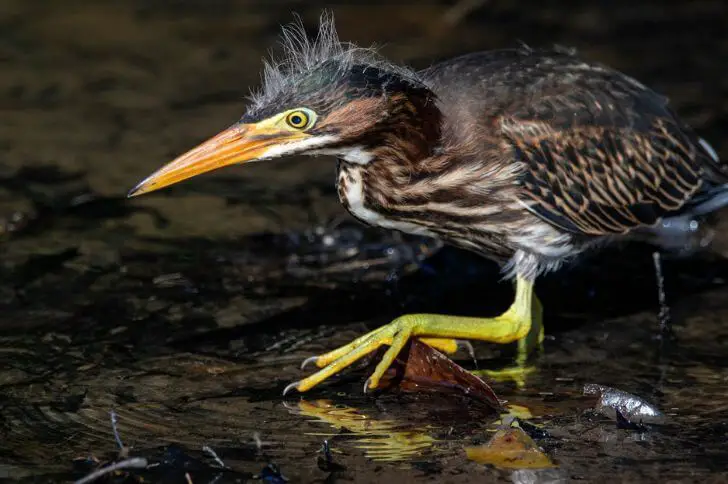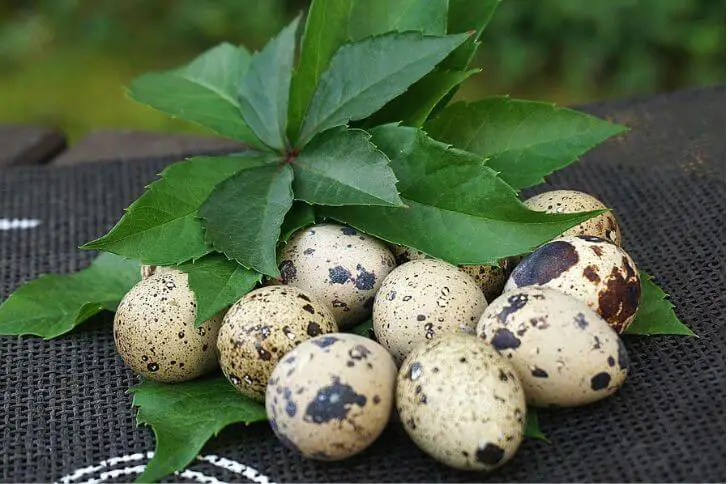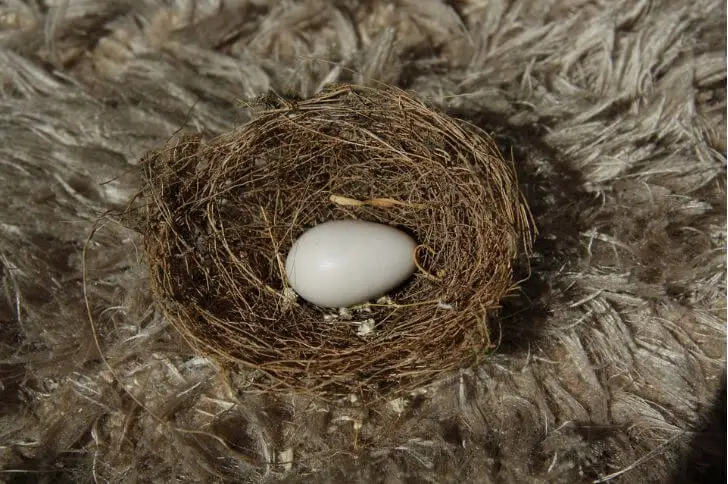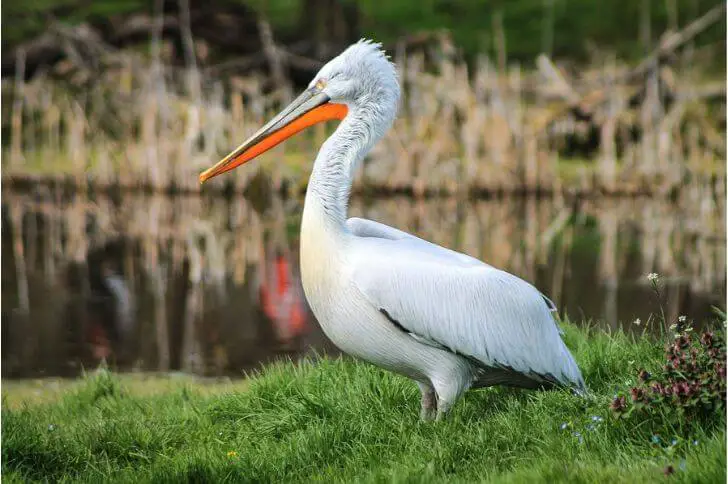How do you identify a green heron?
A green heron is a medium-size bird with a short neck,long bright yellow legs and dagger-like bill. Its crown and back are green and its breast chestnut. Green herons breed in Eastern North America, winter in Mexico and are found all year round in the Gulf Coast and Florida. They live near water, such as ponds, lakes, and marshes. Green herons eat fish, frogs, insects, and crabs.
What time of year do green herons have babies?
They typically have babies in the spring or summer; March to July. Also, the specific time of year depends on the location. For example, green herons in southern states may have babies earlier than those in northern states.
Nesting
Green herons typically nest in trees near water. The male heron picks the site and starts building a nest before approaching a potential mate. Once they pair, the female takes over the construction process. Note the male looks for building material while the female puts the nest together. They’ll keep adding material to the nest throughout the nesting season.
What do juvenile green herons look like?
Juvenile green herons have an overall brownish appearance. Their underparts are whitish with brown streaks and their feet are greenish yellow. Note the dark crown. Their bills are sharp and thick.
How big are chicks?
Green herons are one of the smallest members of the heron family. Their chicks are even smaller, measuring only about 3 inches long at birth.
Despite their small size, green heron chicks grow quickly. They double in size within the first week. Juvenile green herons are about 10-15 inches in length and weigh about 6.0 oz.
While they are small, green heron fledglings are very vocal. They can often be heard chirping from their nests long before they are seen.
How old are juvenile green herons?
On average, juvenile green herons reach maturity at around 20-22 months. However, the speed of maturity varies depending on a number of factors, including where they live and what food is available to them. In general, green herons that live in warmer climates tend to mature faster than those living in colder climates.
This is because the warmer climate provides more food options for the birds, allowing them to grow to their full potential faster. Additionally, these herons that have access to a lot of prey tend to be larger than those who do not have as much food available to them.
What do little green herons eat?
The little green heron, in particular, is a master at catching prey. It uses its sharp bill to spear fish that come within reach. But it also has another trick up its sleeve; it will drop insects or other small prey items onto the water to attract fish. When the fish come to investigate, the heron strikes!
Also parent herons feed their young with insects, snails, insects and spiders. The young are fed by regurgitation up until they are ready to leave the nest.
Related Read: Facts about juvenile little blue herons
How long does it take a fledgling green heron to fly?
A young green heron takes its first flight anywhere from 6 to 8 weeks after it hatches. The chicks are born with their eyes open and are able to leave the nest a few days after they hatch. They fledge, or grow their adult feathers, at around 6 weeks old. Once they have their flight feathers, they are ready to take to the skies.
While some young green herons may take their first flight as early as 6 weeks old, others may not take off until they are 8 weeks old. It all depends on when they grow their adult feathers.
When do herons molt?
Molting is when a heron loses its baby feathers and grows stronger ones. Juvenile green herons typically molt once a year, between the months of June and August. This is when they replaced their juvenile plumage, which is the duller brown feathers they had as chicks, with their adult plumage, which is the dark green feathers on the back and brown/chestnut breast.
Molting is important for birds because it helps them to stay warm in the winter and cool in the summer. It also helps to protect them from predators and parasites.
How long do before green heron chicks leave the nest?
It takes about 16-17 days before green heron chicks venture outside the nest. By day 23, they typically are able to fly. Young herons are also great swimmers just like their parents.
Where do green herons sleep at night?
A green heron’s home is often found on cedars, pines, mangroves, oaks, or on willows. These birds will build up on trees as high as 30 feet off ground. Green herons are solitary birds, so they do not sleep in large groups like some other bird species.
During the day, you can find green herons perched atop a tree branch or hiding in the shadows of leaves.
What is a predator of green heron babies?
The main predator of green heron babies is the raccoon. Raccoons are opportunistic predators that will eat just about anything they can catch. Raccoons will climb trees to get to heron nests, which makes them a serious threat to these fledglings and eggs.
Another predator of green heron babies are ravens and crows. These birds will creep into nests to eat the eggs or young birds. They often strike at night, when the parents are not around to protect their chicks.
What do you do if you find a juvenile heron?
If you find a juvenile green heron, I recommend you leave it alone. These birds are very shy and easily disturbed, so if you approach it, it will likely fly away. If you must handle the bird, be sure to wear gloves and use a towel or net to avoid putting your hands directly on its feathers. Green herons typically nest in trees near water, so if you find one away from its nesting site, it may be lost or injured. If possible, try to reunite the bird with its parents or take it to a wildlife rehabilitation center.
Does a green heron have orange legs?
No, a green heron does not have orange legs. The legs are actually bright yellow. Juvenile birds have greenish yellow legs.
What do I feed a baby green heron?
A baby green heron needs to be fed a diet of small insects, minnows, and crustaceans. You can purchase special dried insects from a pet store, or you can catch your own insects and minnows. To catch your own, you will need a net and some patience. Look for moving water where there are likely to be small fish swimming around.
Final Thought:
Green herons are interesting birds. And if you are a birding enthusiast, learning about the initial part of the life of this wading bird is important. This article will help you identify juvenile green herons, what they feed on, when they leave the nest and more.
Sources:
https://en.wikipedia.org/wiki/Green_heron
Hi, my name is Steve. My friend and I started the spanishbirdguides.com to share our passion with other like-minded people. So, if bird watching is your thing, you’ll love this blog. I’ll share what I’ve learnt about both local birds and those found in other parts of the world. Also, I’d love to hear your experiences.




